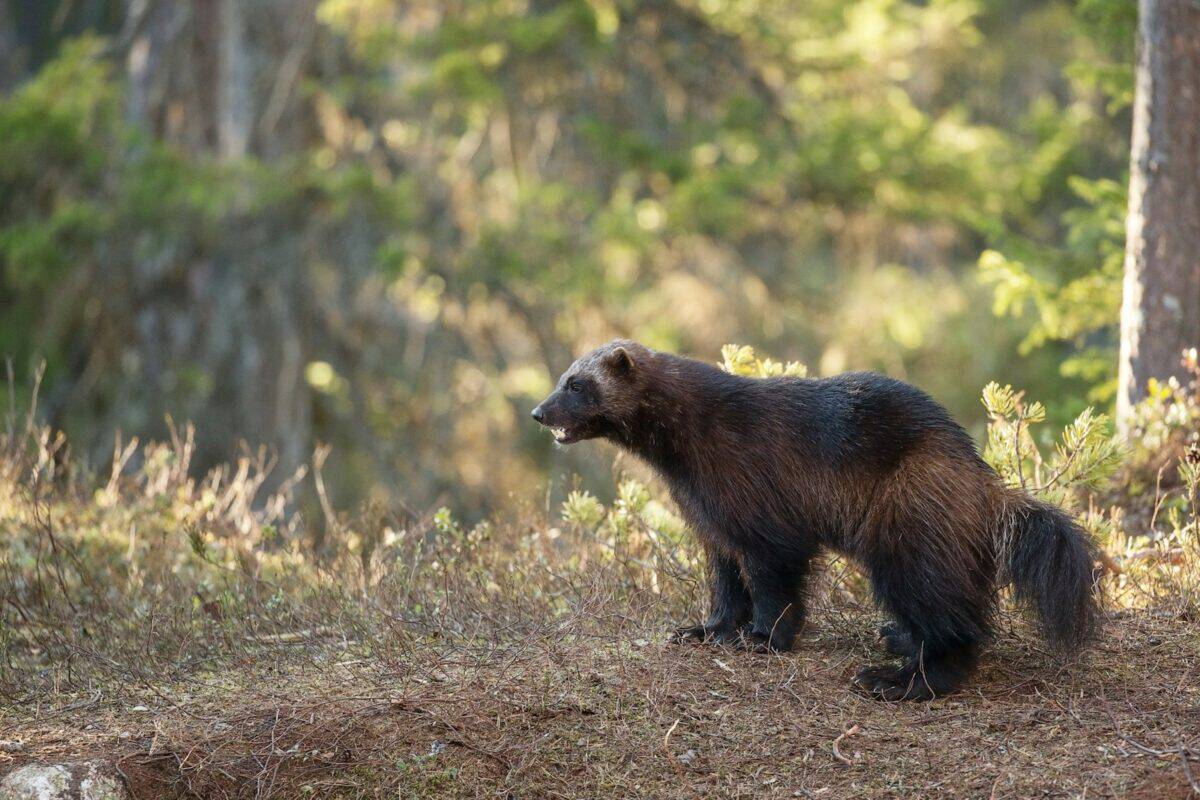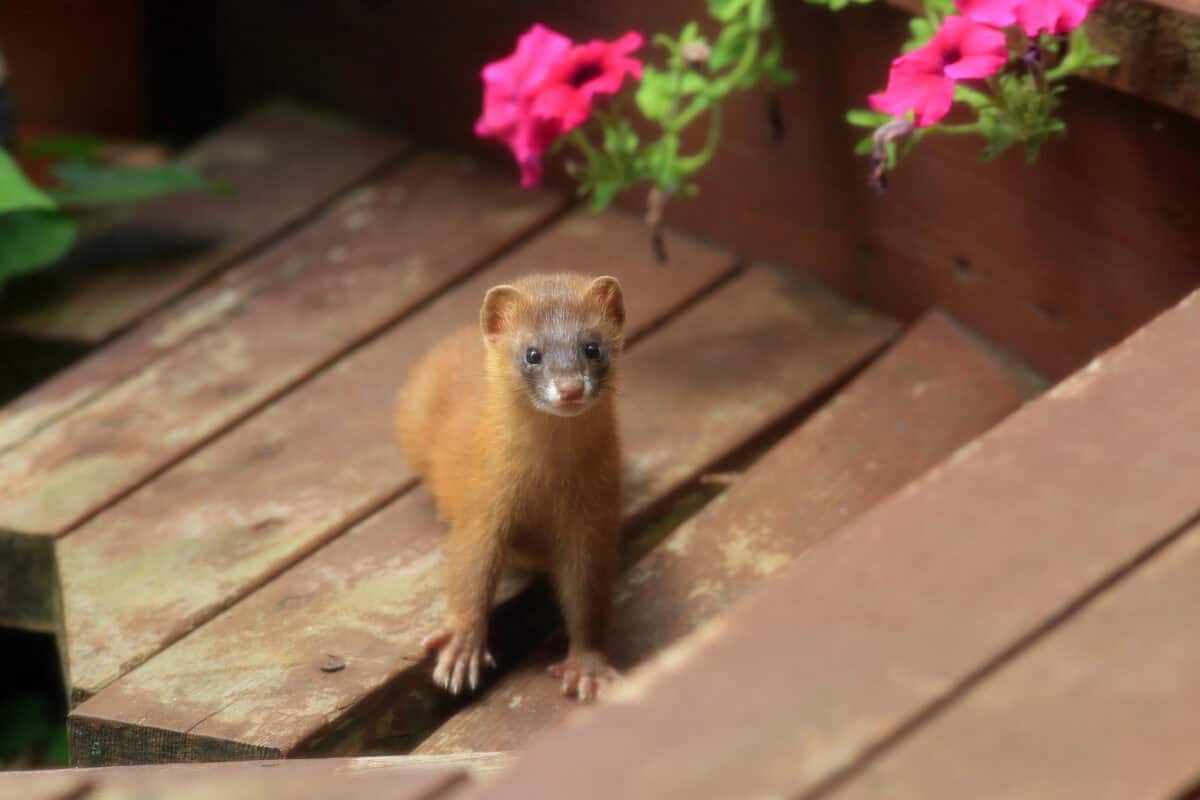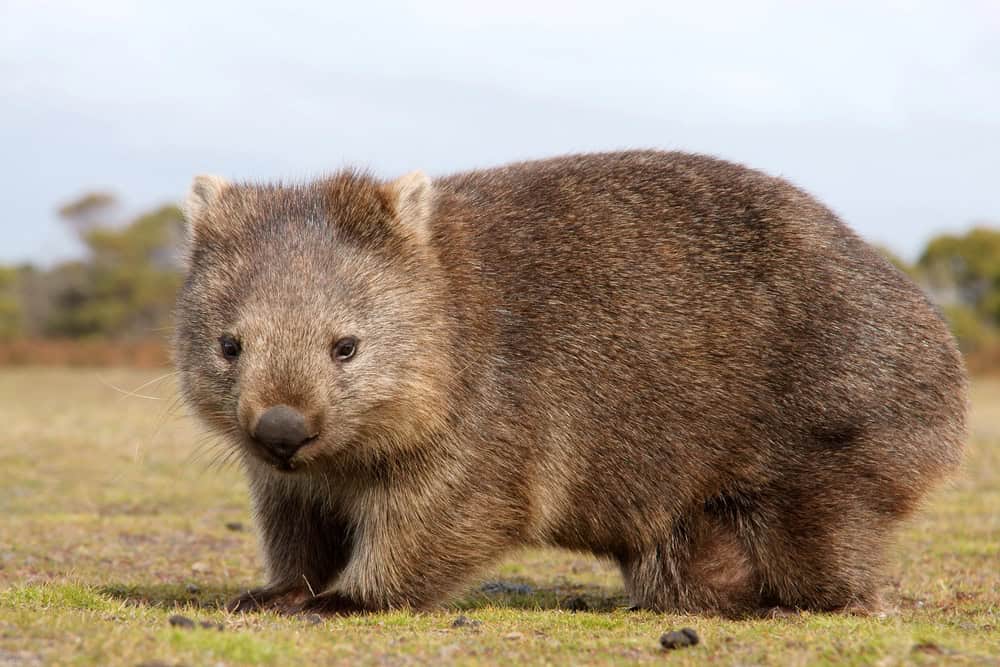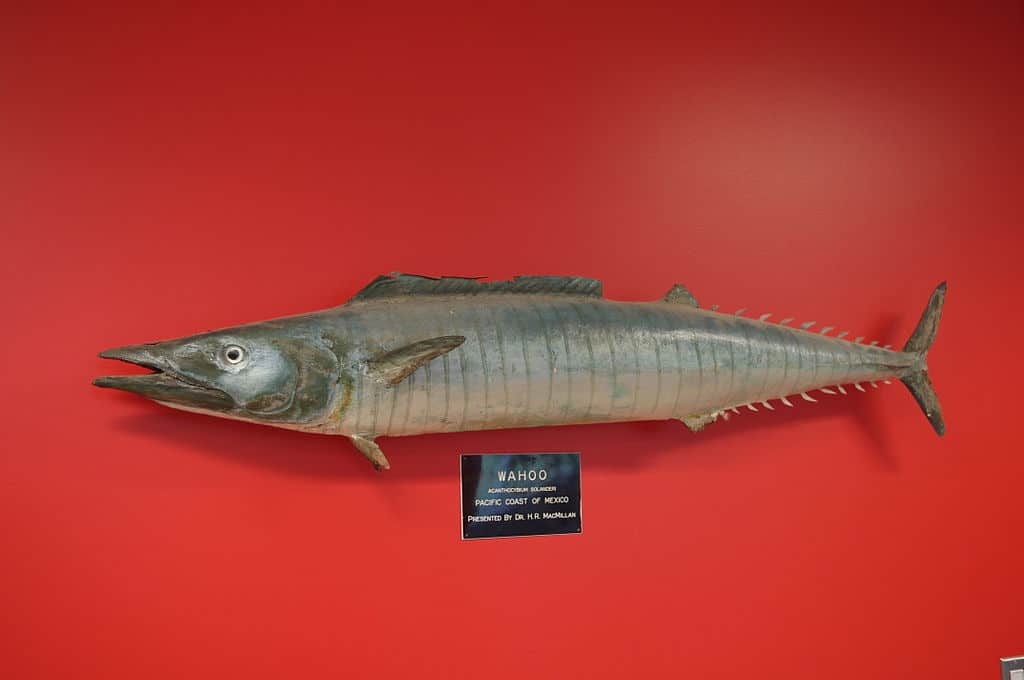Exploring the animal kingdom is a thrilling journey, revealing the diversity and wonder of life on Earth. Among the vast multitude, animals starting with ‘W’ showcase a fascinating array of traits and habitats. From common creatures to lesser-known marvels, this article will guide you through a selection of these remarkable beings. With intriguing facts and insights, you’ll gain a deeper appreciation for the wildlife that begins with this whimsical letter.
15. Walrus: The Arctic Giant

The walrus, known for its distinguishable tusks and bulk, is a mighty marine mammal residing in the Arctic’s icy waters. These tusks, which can reach up to three feet in length, are not just for show—they’re used to haul their hefty bodies onto ice and to establish dominance within social groups. Despite their size, walruses are adept swimmers, roaming the polar seas in search of clams, their preferred delicacy. Social by nature, they often gather in large colonies, basking on the tundra’s icy shores.
14. Wolverine: The Ferocious Forager

Wolverines are elusive and tenacious members of the weasel family, renowned for their strength and cunning. Found in the remote wilderness of the Northern Hemisphere, these solitary creatures are proficient hunters, capable of taking down prey much larger than themselves. Their broad diet includes small mammals, birds, and even carrion, allowing them to adapt to diverse environments. Despite their fearsome reputation, wolverines are crucial for the ecosystem, helping to keep the natural balance in check.
13. Wildcat: The Untamed Feline

The wildcat is a distant relative of the domestic cat, roaming freely through forests and grasslands in parts of Europe, Africa, and Asia. Its keen hunting skills and sharp instincts enable it to thrive in the wild, preying on small mammals and birds. Wildcats boast a beautiful coat with distinctive stripes, providing them with effective camouflage against predators. Their solitary behavior keeps them independent, though their paths often cross with those of humans and their pets.
12. Weasel: The Agile Predator

Weasels are among the smallest carnivorous mammals, yet their small size belies their agility and ferocity. With a slender body and a highly flexible lifestyle, they are adept hunters, targeting rodents, birds, and even insects. Renowned for their ability to navigate tight spaces, weasels are valuable for controlling pest populations in agricultural areas. Though often misconstrued due to their reputation, they play a vital ecological role in maintaining the balance of their habitats.
11. Whale: The Gentle Giant

Whales are the ocean’s gentle giants, a diverse group of marine mammals ranging from the immense blue whale to the acrobatic humpback. Living in oceans around the world, whales have captivated human imagination with their size, intelligence, and complex social behavior. Known for their songs and migratory patterns, they are crucial for marine ecosystems, contributing to nutrient cycles. Despite their grandeur, many species face threats from human activities, making conservation efforts vital for their survival.
10. Wallaby: The Miniature Kangaroo

Wallabies are small to medium-sized marsupials, relatives of kangaroos, indigenous to Australia and New Guinea. These endearing creatures dwell in varied habitats, from forests to rocky cliffs. Their strong hind legs, designed for hopping, aid in escaping predators and covering large distances in search of food. Wallabies are primarily herbivorous, feeding on grasses, leaves, and fruits, playing a pivotal role in their ecosystems by aiding seed dispersal.
9. Wombat: The Burrowing Builder

Wombats are robust, burrowing marsupials native to Australia, known for their impressive digging prowess. With powerful claws and a distinctive backward-facing pouch, they create extensive underground tunnels that provide shelter from predators and harsh weather. Their diet consists mainly of grasses and roots, showcasing their role as ecosystem engineers by influencing soil health and plant distribution. These nocturnal animals are a quintessential part of Australia’s unique biodiversity.
8. Wolf: The Pack Predator

Wolves, iconic as symbols of wilderness, are social and intelligent canines renowned for their complex pack dynamics. Their packs, often family units, are led by an alpha pair that coordinates group hunting for large prey like deer and elk. Found across North America, Europe, and Asia, wolves are highly adaptable, capable of thriving in diverse climates. While once nearly eradicated, conservation efforts have helped many populations rebound, highlighting their ecological importance as top carnivores.
7. Woodpecker: The Tree Drummer

Woodpeckers are fascinating birds recognized by their sharp beaks and distinctive drumming sounds as they bore into trees searching for insects. These avian carpenters inhabit forests around the globe, playing a critical role by controlling insect populations and helping in the decomposition process. With their striking plumage and vocalizations, woodpeckers enrich biodiversity and contribute nutrients back to the soil through their foraging activities.
6. Warbler: The Melodious Migrant

Warblers are small, vibrant songbirds treasured for their exquisite melodies and impressive migratory journeys. These birds frequent woodlands, where their songs mark their territories and attract mates. Warblers primarily feed on insects and nectar, aiding in pollination and pest control. Their migratory patterns span continents, illustrating the resilience and determination present within these tiny creatures. Ornithologists study them extensively, unraveling the mysteries of avian navigation and adaptation.
5. Wildebeest: The Migratory Marvel

Wildebeests, or gnus, are large antelope species native to the savannahs of Africa. Known for their mass migrations across the Serengeti and Maasai Mara, they orchestrate one of nature’s most spectacular wildlife phenomena. These migrations, driven by seasonal rains, sustain ecosystems, providing vital nutrients to the savanna soil. As herd animals, wildebeests exhibit social behavior, and their survival relies on the collective strength of their numbers in fending off predators such as lions and hyenas.
4. Waxwing: The Berry Lover

Waxwings are elegant, sociable birds characterized by their silky feathers and the distinctive red tips on their wings. Found in the forests of North America and Eurasia, they are highly nomadic, moving in flocks in search of food. Renowned for their preference for berries, waxwings play an essential role in seed dispersal, helping plants to propagate over large areas. Their gentle nature and unique appearance make them a favorite among bird watchers and nature enthusiasts alike.
3. Wahoo: The Ocean Speedster

Wahoos are swift, predatory fish found in tropical and subtropical waters around the globe. Esteemed by anglers for their speed and agility, wahoos are streamlined and capable of reaching speeds up to 60 mph. They prey on smaller fish and squid, showcasing their preference for deep-sea environments. Despite their popularity, sustainable fishing practices are crucial to maintaining wahoo populations, ensuring these ocean speedsters continue to thrive.
2. Water Buffalo: The Domesticated Powerhouse

Water buffaloes have been domesticated for thousands of years, known for their sheer strength and utility in agricultural communities primarily in Asia and Africa. They thrive in wetland habitats, assisting in plowing fields and providing milk and meat. Despite their domesticated status, water buffaloes are a cornerstone of rural economies, contributing significantly to the livelihoods of millions of people worldwide. Conservation efforts ensure that wild populations remain protected and stable.
1. Wombat: The Sturdy Burrower

Wombats, resilient marsupials native to Australia, are noted for their robust bodies and impressive burrowing abilities. These nocturnal creatures dig extensive networks of tunnels that provide refuge from predators and a harsh environment. By feeding on grasses and roots, wombats help modulate plant communities and contribute to ecological stability. Despite their somewhat elusive nature, they remain iconic symbols of Australia’s diverse wildlife.
In conclusion, the world of animals beginning with ‘W’ is rich with variety and intrigue. From the icy habitats of the walrus to the sun-drenched grasslands of the wildebeest, these creatures highlight Earth’s biodiversity’s marvels. Each species plays a critical role in its respective ecosystem, emphasizing the importance of understanding and conserving wildlife. Whether it’s the bark of a woodpecker or the howl of a wolf, these animals speak to the diverse wonders of nature that continue to captivate and inspire.
- Starfish Can Regrow Their Arms, But One Species Takes It a Step Further - August 15, 2025
- The Most Unusual Sharks Ever Found in Deep Waters - August 15, 2025
- How to Gently Introduce New Chickens to an Existing Flock - August 15, 2025

